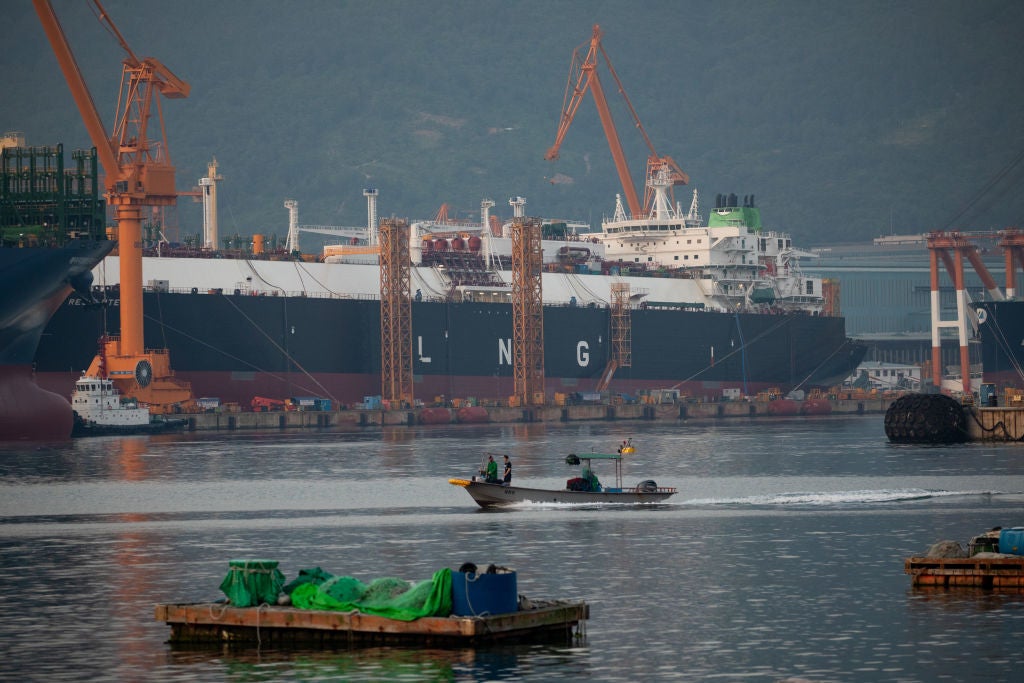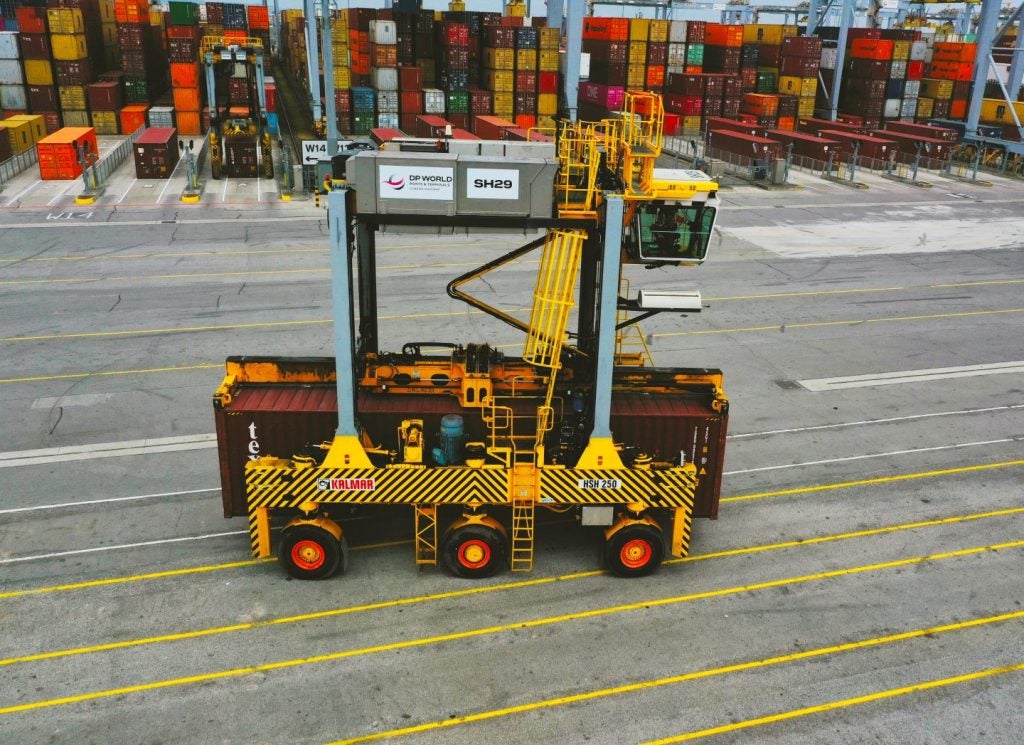Energy companies everywhere are planning for a liquefied natural gas (LNG) ‘gold rush’. European LNG demand increased by 60% year-on-year in 2022 and is expected to remain high as a result of Russian President Vladimir Putin's continuing war in Ukraine.
What’s more, emerging markets are also expected to increase LNG demand as they look to decarbonise coal-intensive power and heating sectors. What does this mean for the demand for LNG tankers?
There are 635 active LNG tankers operating worldwide, around 100 of which launched in the past three years, shows data from GlobalData. Such is the boom in LNG demand that energy companies have planned for a further 524 tankers, which would double the world’s total LNG carrying capacity.
By 2028, all the world’s planned LNG tankers are set to be in operation. At that point, there would be more LNG tankers in operation than oil VLCCs (very large crude carriers) and ULCCs (ultra-large crude carriers). There are 772 active VLCCs and ULCCs globally, with a further 200 planned and set to be completed by 2028.
Is this near-doubling of LNG tankers in just a few years emblematic of overzealous industry expansion? The available evidence suggests this may be the case.
Analysts have already argued that the rapid expansion of LNG liquefaction and regasification facilities creates a risk of LNG oversupply. In a recent policy briefing, for example, the Institute for Energy Economics and Financial Analysis (IEEFA) points out that Europe’s LNG terminal import capacity could grow from 270 billion cubic metres (bcm) at the end of 2022 to 400bcm by 2030, based on current plans.
Annual European demand for LNG is, however, expected to be between 150bcm (IEEFA) and 190bcm (S&P Global Commodity Insights); in other words, less than half of what Europe's import capacity would be.
“It is dawning on us that there is likely to be too many LNG facilities in development,” Henning Gloystein, director of energy, climate and resources at the Eurasia Group, told Energy Monitor in April. “There is going to be an enormous glut of facilities in Europe because so many governments want to have their own facilities to ensure they have the security of supply.”
Extreme LNG price volatility in recent years has also lowered the prospect of natural gas being a viable “transition fuel” for emerging markets to move away from coal – particularly when the levelised cost of renewable electricity is often much cheaper by comparison.
“Momentum behind natural gas growth in developing economies has slowed, notably in South and South East Asia, putting a dent in the credentials of gas as a transition fuel,” said the International Energy Agency in its most recent World Energy Outlook.
Asian markets including Pakistan (-27%), China (-19%), Bangladesh (-16%) and India (-15%) all recorded steep declines in LNG demand in 2022, as cargos were redirected to European nations that were willing to pay a higher price.
All of these factors create uncertainty around the long-term prospects of major growth in global LNG demand – which raises doubts over whether the world will really need to double its fleet of LNG tankers in just a few years.
This article was originally posted on our sister site, Energy Monitor.
















